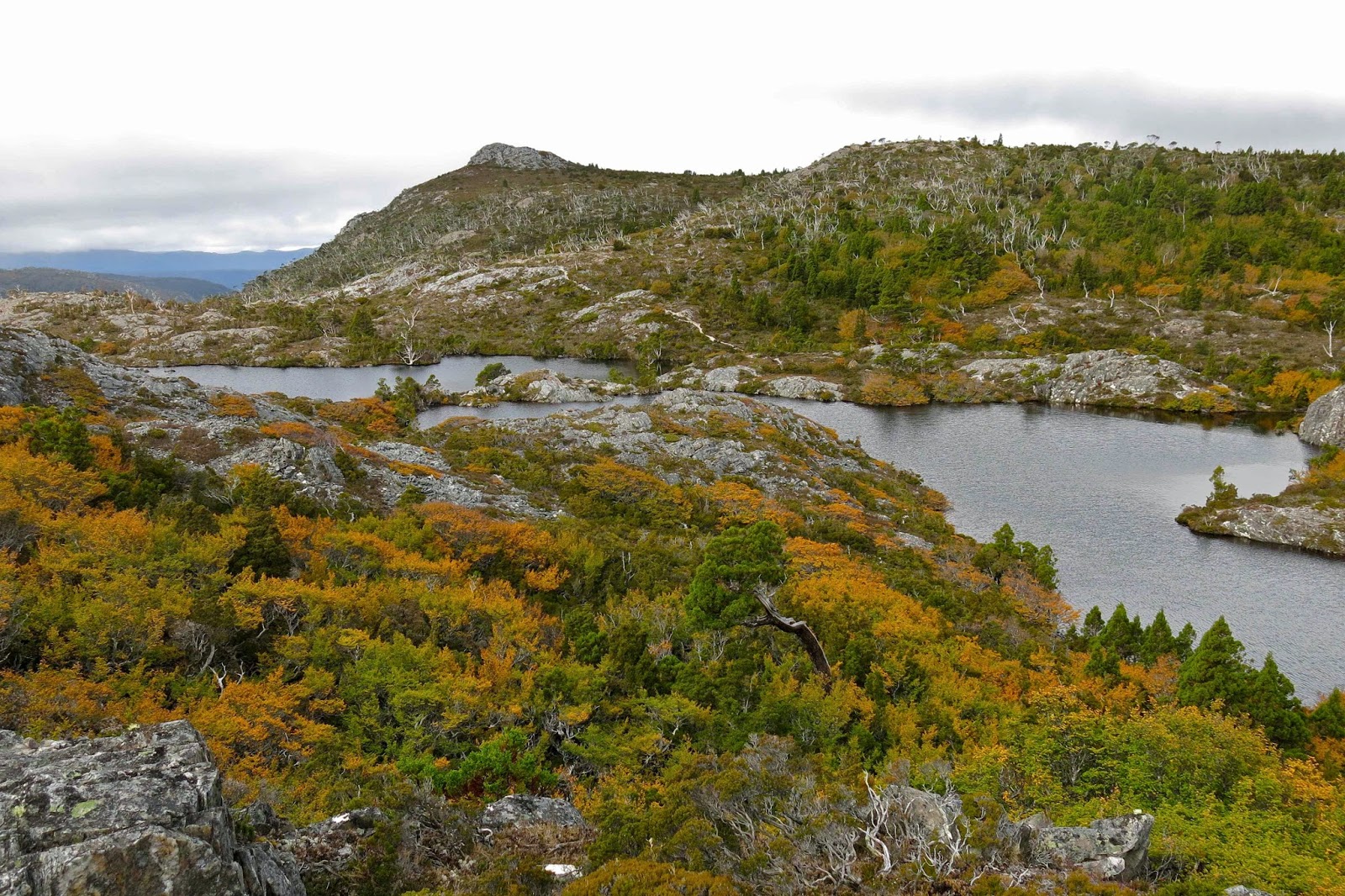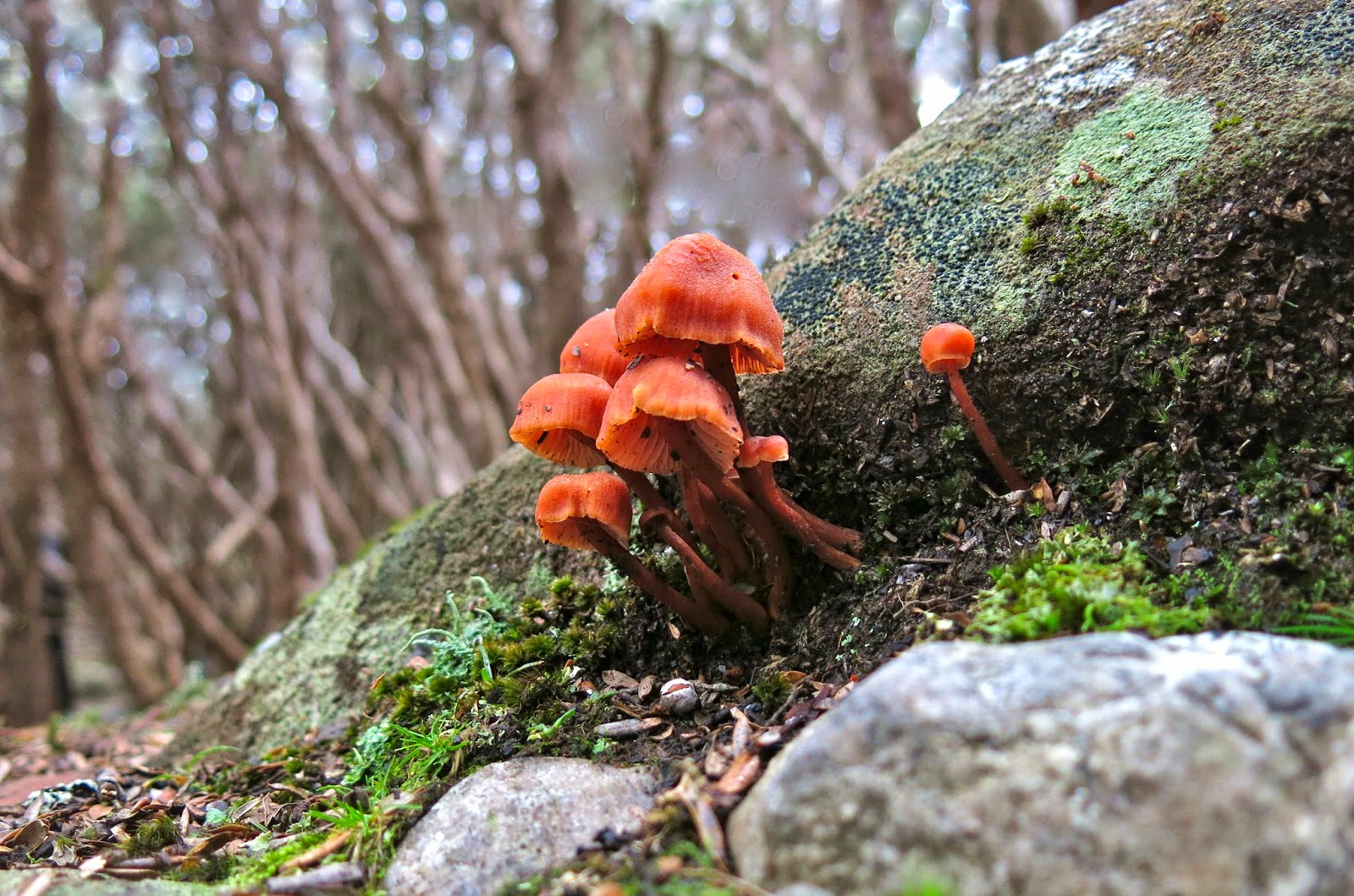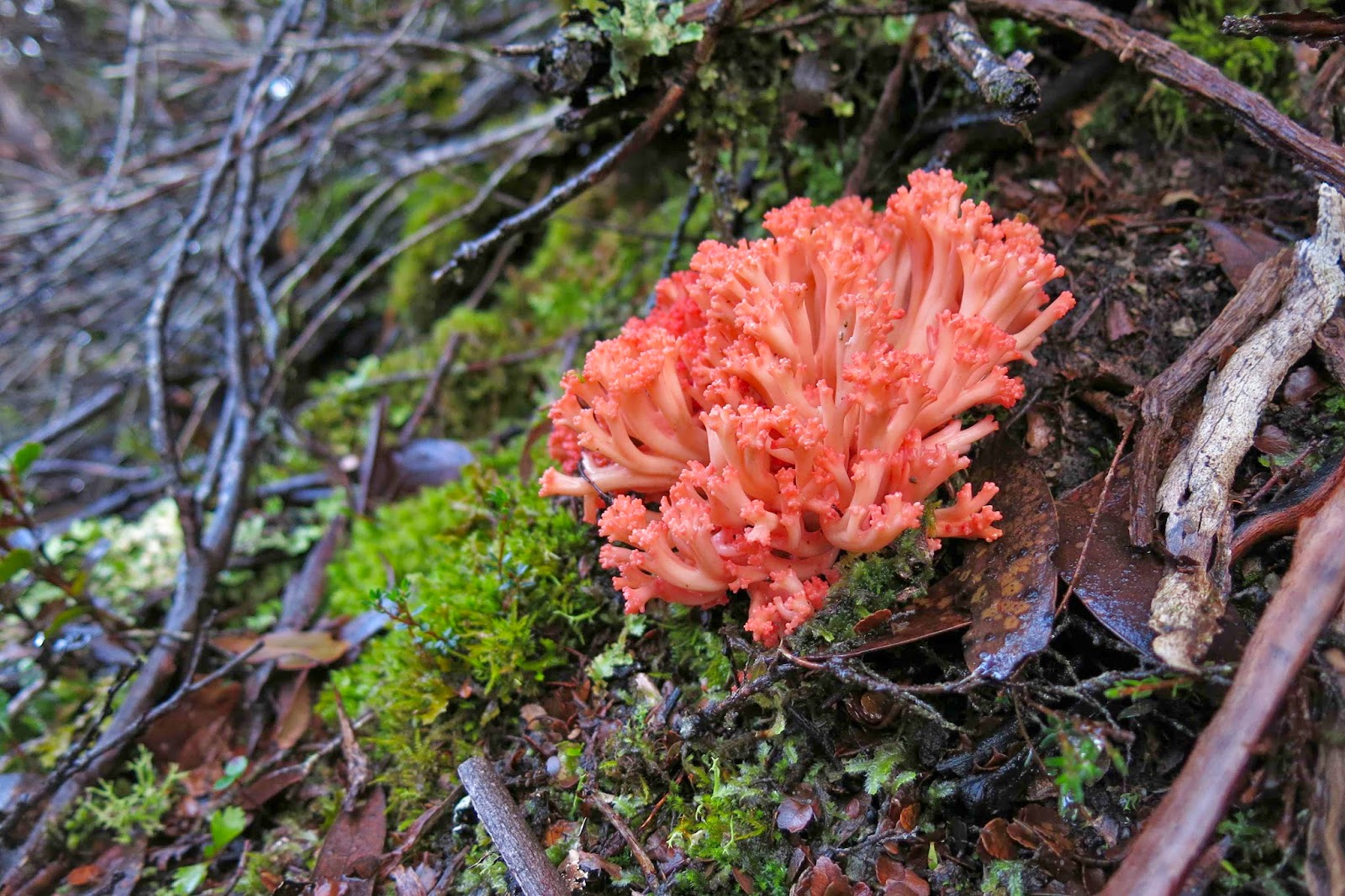There it is: there are beautiful tracts of cool, soothing, primaeval forest, but may you walk through it? No. You may drive in your polluting motorised vehicle, but you may not walk on a narrow forest trail, having prolonged contact with the forest, soaking in its atmosphere. You may walk on an assortment of boardwalks that seem to range from about 400 to 1200ms long. These walks are very wide (I guess two wheelchairs might want to pass each other) and very, very smooth so you don’t trip, and very, very safe so your brain goes to sleep due to lack of stimulation and variety in the terrain.
In the first half of last century, the Austrian painter and architect who chose to be called Hundertwasser (1923-1994) knew that natural curves and lumps and bumps are far more stimulating than smoothed out regularity, and designed his houses accordingly. Running on the longest of the boardwalks on offer, doing mindless reps of the circle, and then walking it more times later as there was nowhere else I was allowed to walk, I got bored, not by the magic rainforest (of course), but by the fact that the flatness and smoothness stole the variety I need, as I am an edacious gobbler of complexity. There is a very good reason why in my former life I chose to be a mountain runner and to do orienteering.
The other disappointing feature of Thornton Beach was that cars could zoom up and down the beach, and did so, doing whirlies in the sand. I felt very glad indeed that I was not playing on the beach with my little toddler grandson when the giant white 4WD utes dashed by. I don’t like tyre marks in my photos of a beach that claims to offer pristine beauty – but you can see from my photos that it is a stunning beach, which is why I have this love-hate relationship with the marred and sullied could-be-perfect-if-managed-more-thoughtfully Daintree.
Where I used to play on the green.
That so many sweet flowers bore.
And I saw it was filled with graves,
And tomb-stones where flowers should be:
And Priests in black gowns, were walking their rounds,
And binding with briars, my joys & desires.
Blake is objecting to the way that the rules of organised religion effectively kill the joy that should be present in a movement whose two summarising commandments contain the word “love”. But the principle of what he writes applies equally to the situation where you allow bureaucratic rules, set up to allow ease of management, to override the experience of the wonders of nature. It is a very attenuated, sterilised nature you are mostly offered in Queensland. I am left frustrated and wanting more. When you feel obliged to begin each day in a national park smoothing and cleaning each of the small number of paths on offer so that someone doesn’t trip and sue you, then I think you’ve lost the plot.
We’ve walked the Thorsborne Trail four times, climbed Mt Sorrow three, Walshs Pyramid two, Bartle Frere as well – so you can see that we adore what there is on offer. What one is allowed to do is wonderful, but the run-out factor kicks in far too quickly. I don’t mind repeating paths of beauty, but one hungers for something different as well. We tried to do Thornton Peak, but did not bring our full bushwalking gear with us on our Queensland holiday, and neither did we have secateurs, and both would be needed. I will come prepared one year – I was told by locals the only way to the top was by helicopter, but I managed to find one person who told me of an old track, so at least we now know how to get to the start (for details, go into my posting on the “bushwalk australia” website). We drove there, walking past the “Keep out” signs and did the first part, but lawyer vines are ferocious things.
Here is what you find at the end of the Emmagen Waterhole track, which is a daring 400 ms long, but you do get to tread over root mounds and stones; no one rakes or blows the path and it is narrow and windy and you can be tickled by the bushes which only just allow you passageway. It was really lovely, but needed to be a good 10 kms longer (or more). It was also very popular, suggesting the need for more such tracks.
Because there is nowhere else to walk if you want to go for more than 15 minutes, this mountain is surprisingly popular considering how challenging its slope is. In the (bit over) two hours we were on it, we counted fourteen couples and eight solo walkers – all in very cheerful spirits despite the puffing and panting. The official bumph says it’s a five hour journey, and some of them looked as if they’d be there that long. That’s a day’s commitment to that mountain from people who are essentially travelling around sightseeing, and yet they’re all prepared to give it that time as they want to do exactly what they’re doing: experiencing the rainforest right up close in as near to its natural state as you can get without travelling with proper body cover. There are so many mountains in the area. What a pity all but one are inaccessible if you don’t want to fight the jungle to get to the top.

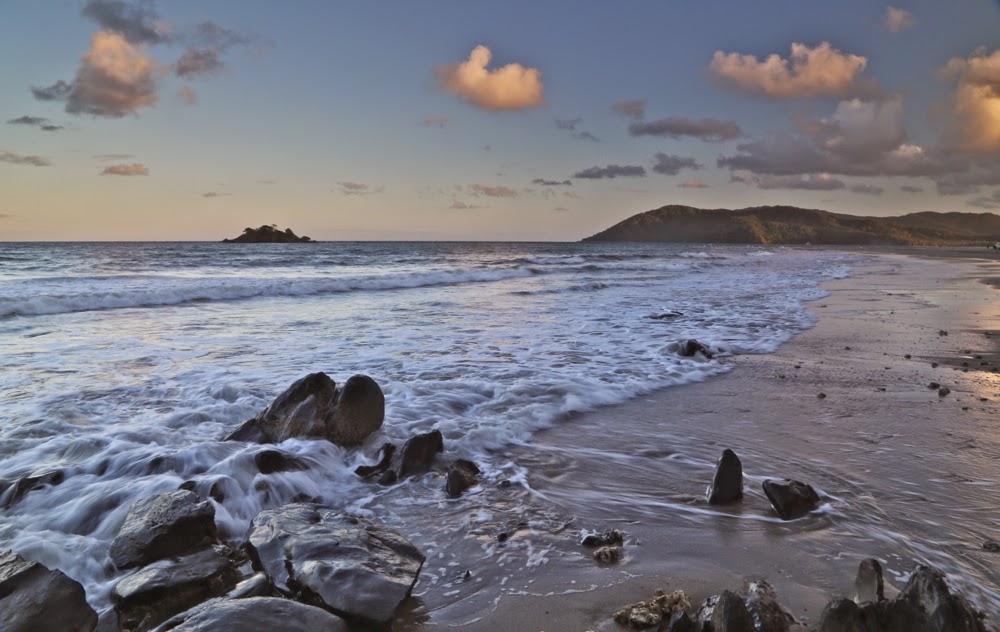
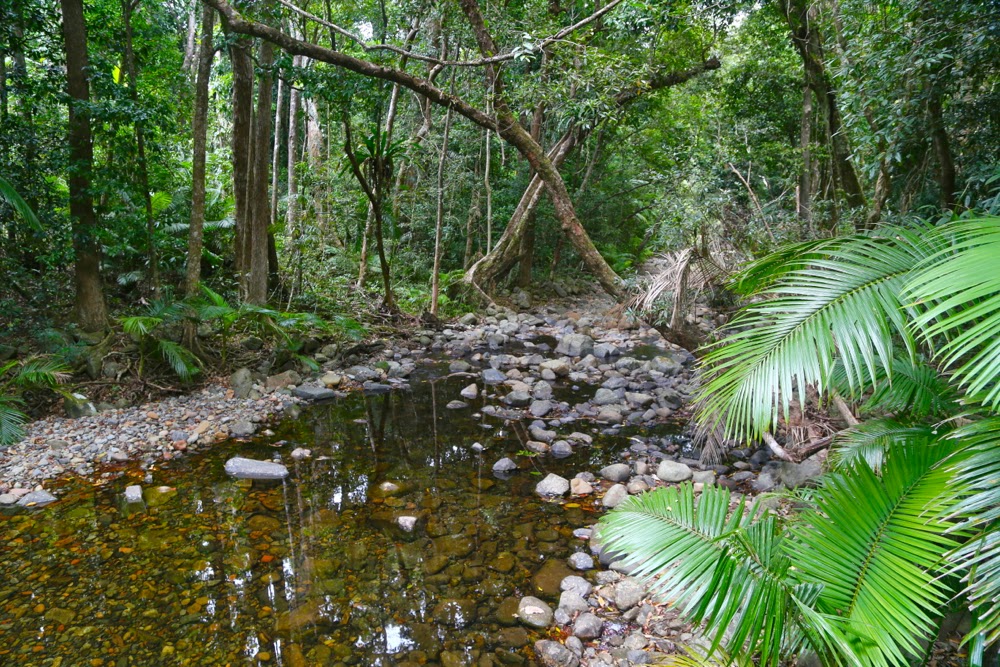
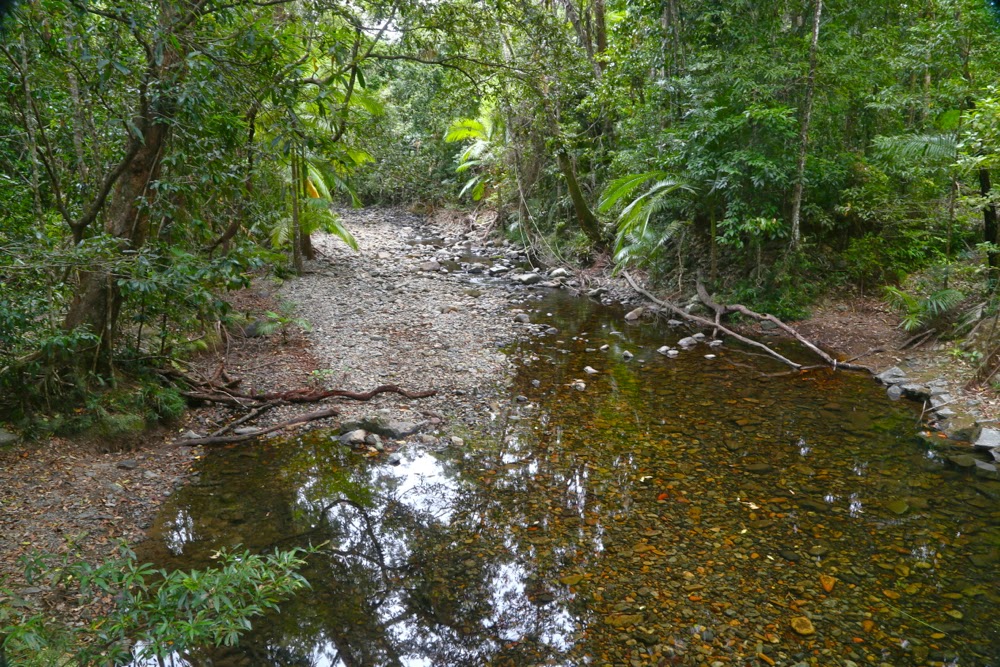
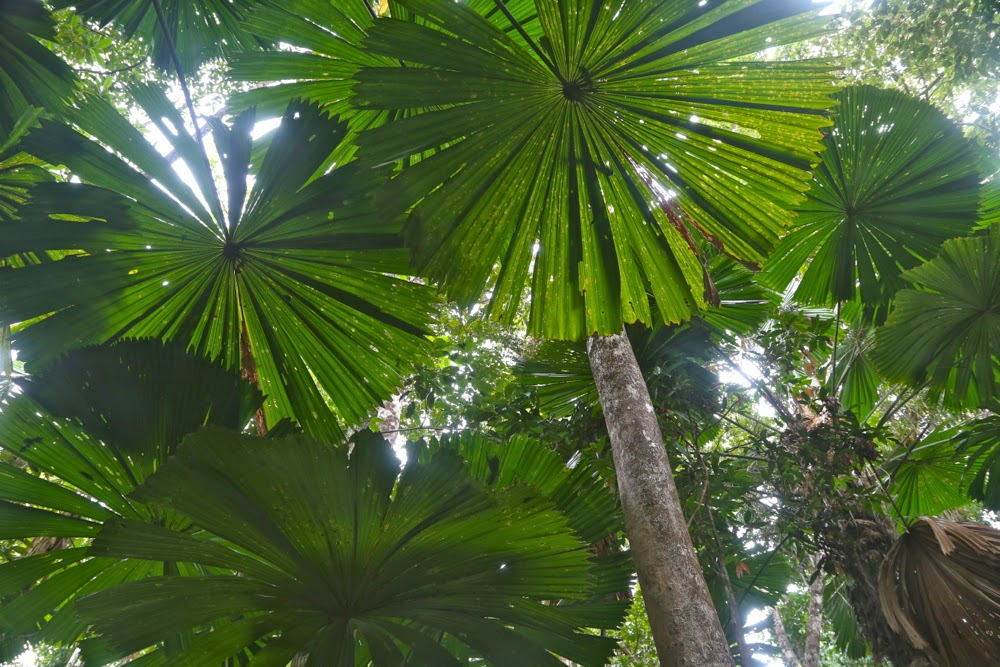
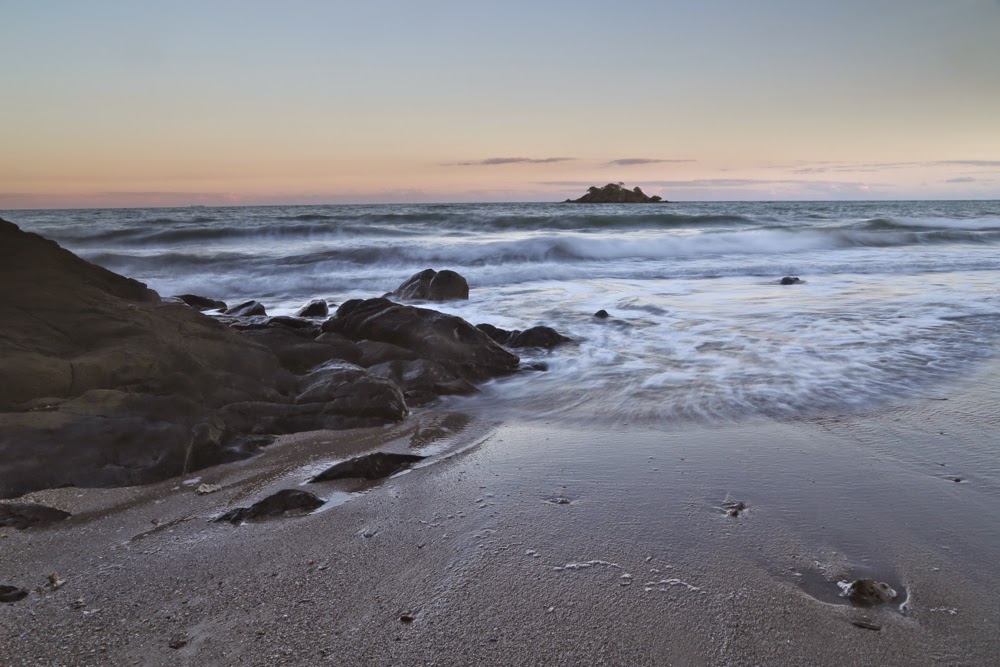
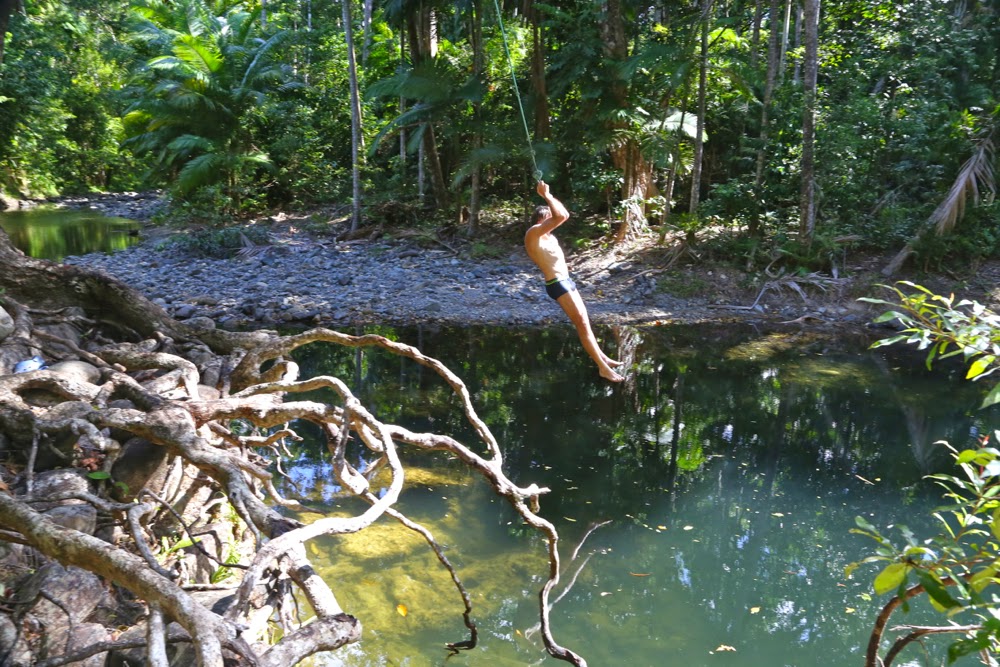
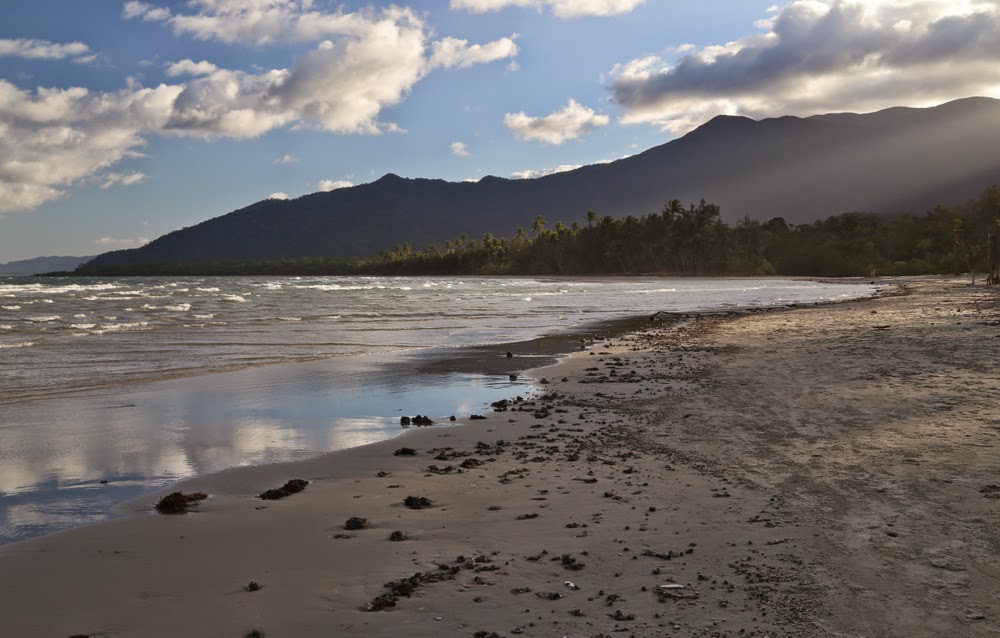
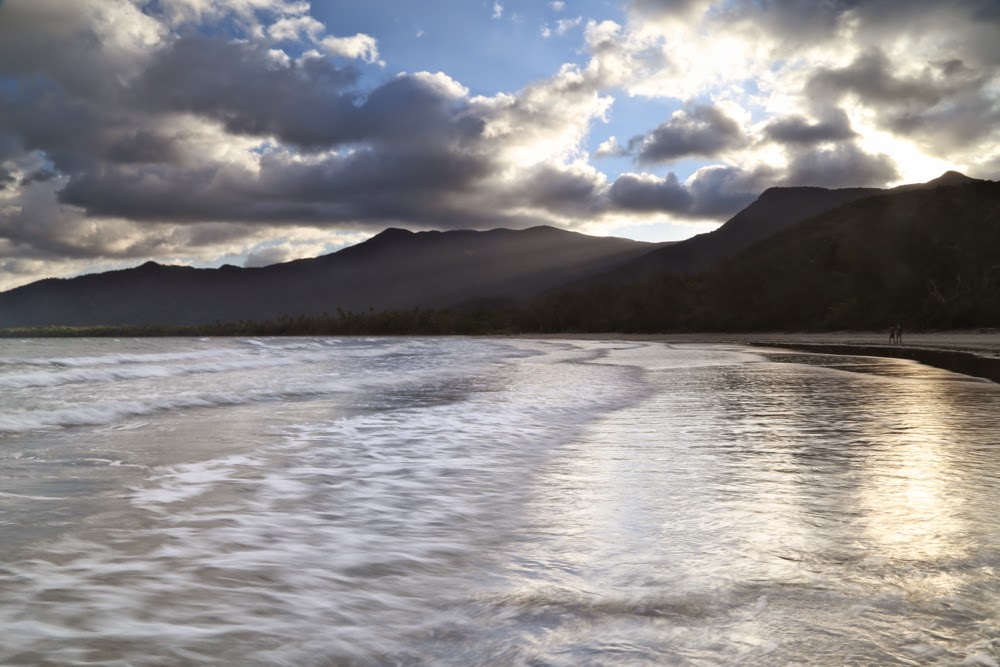
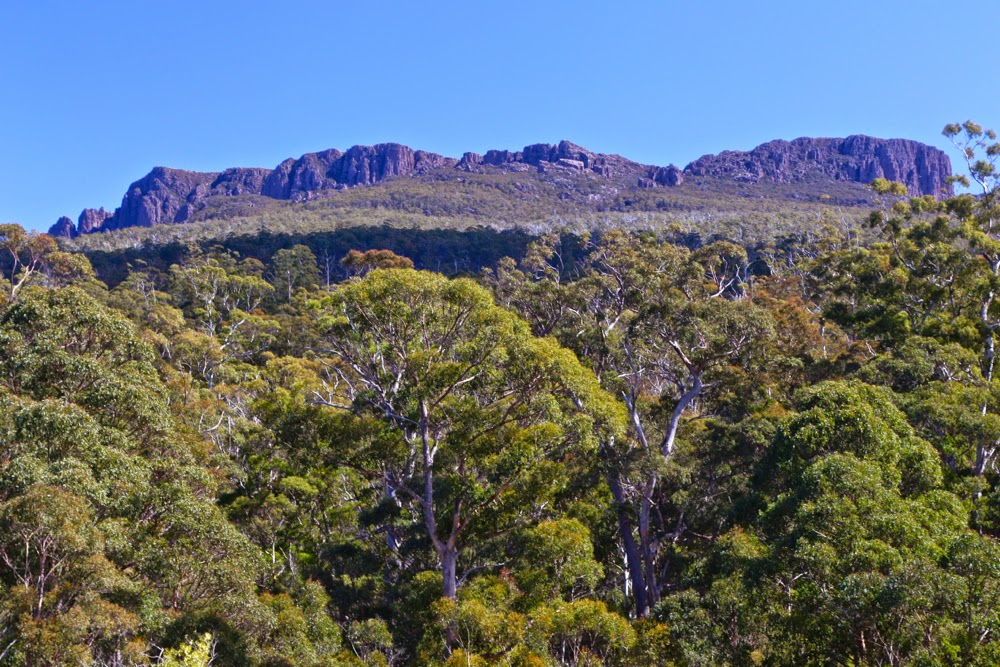
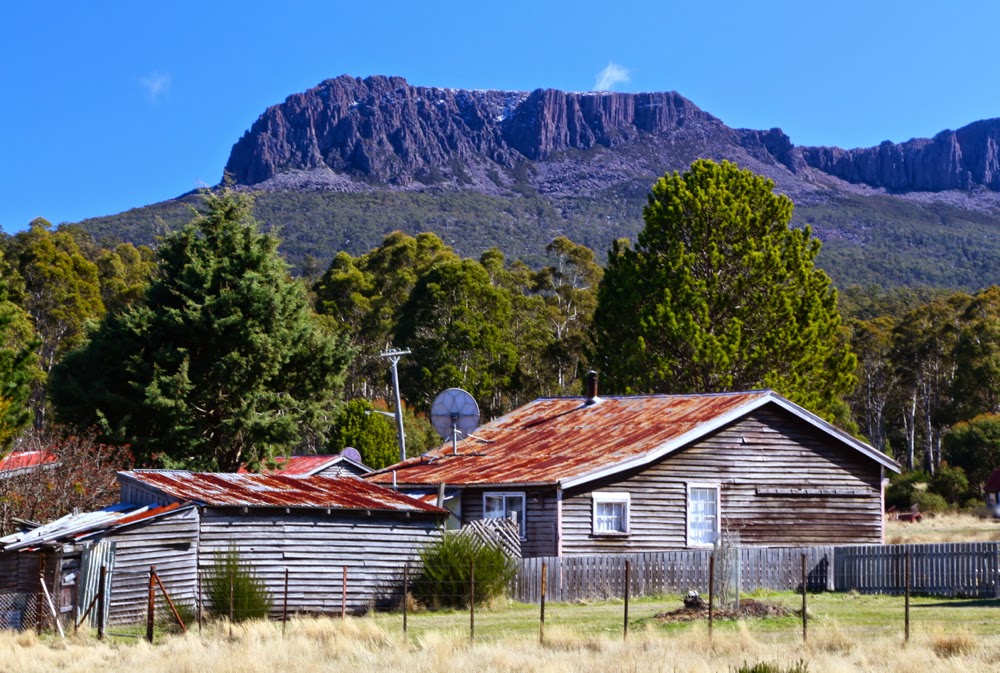
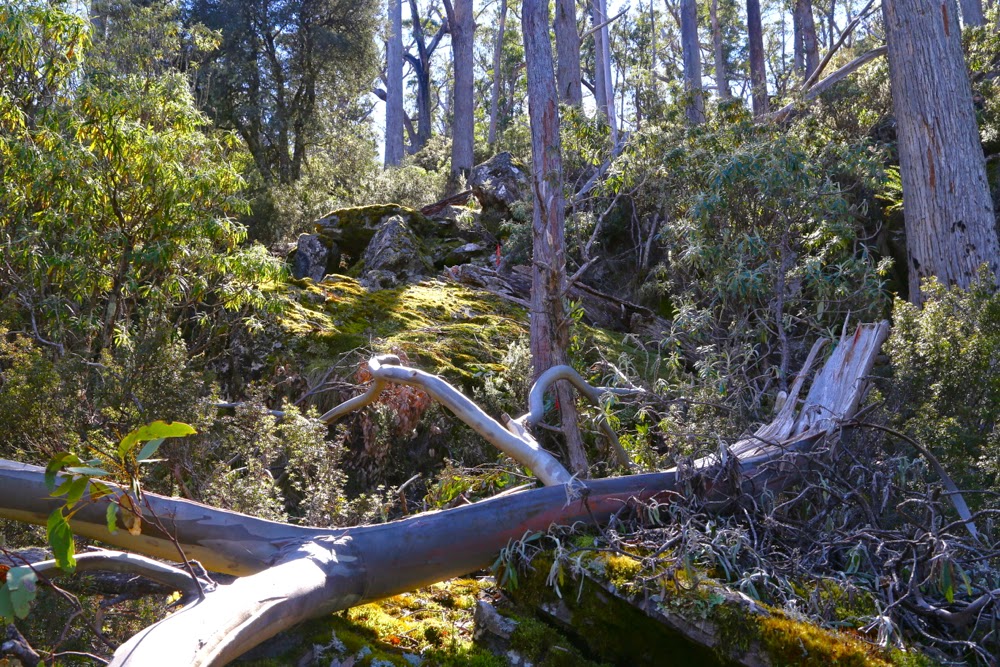

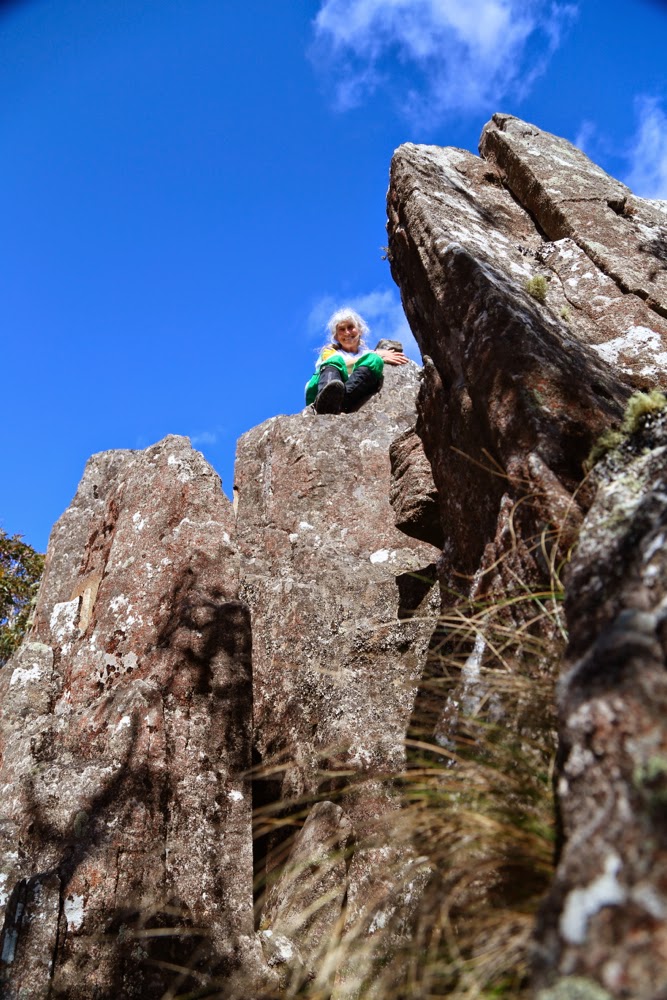
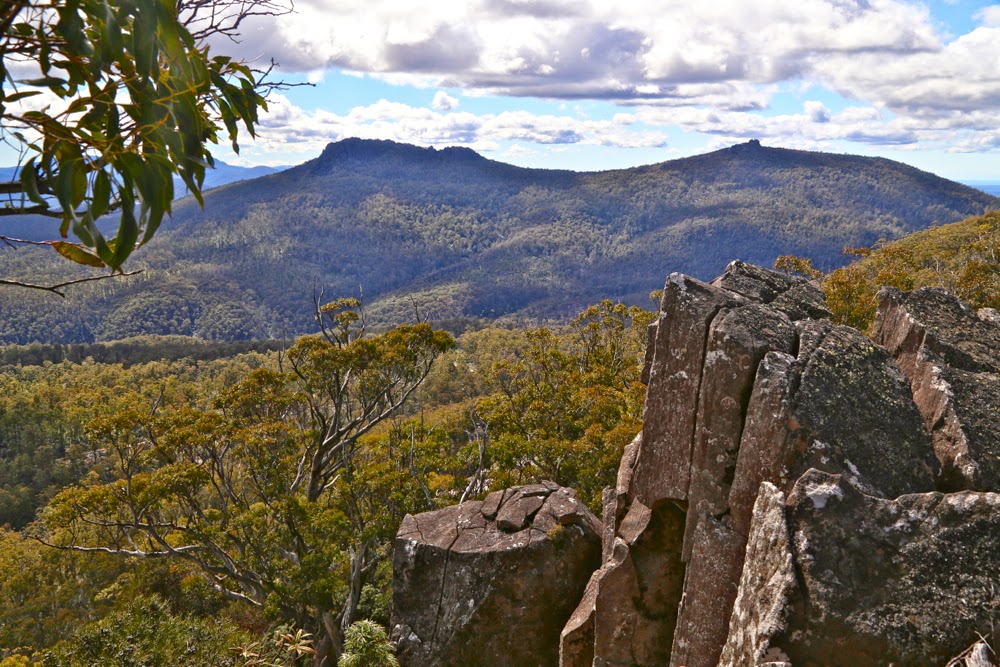
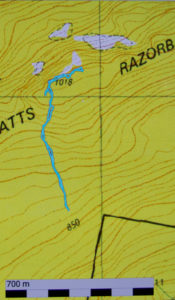
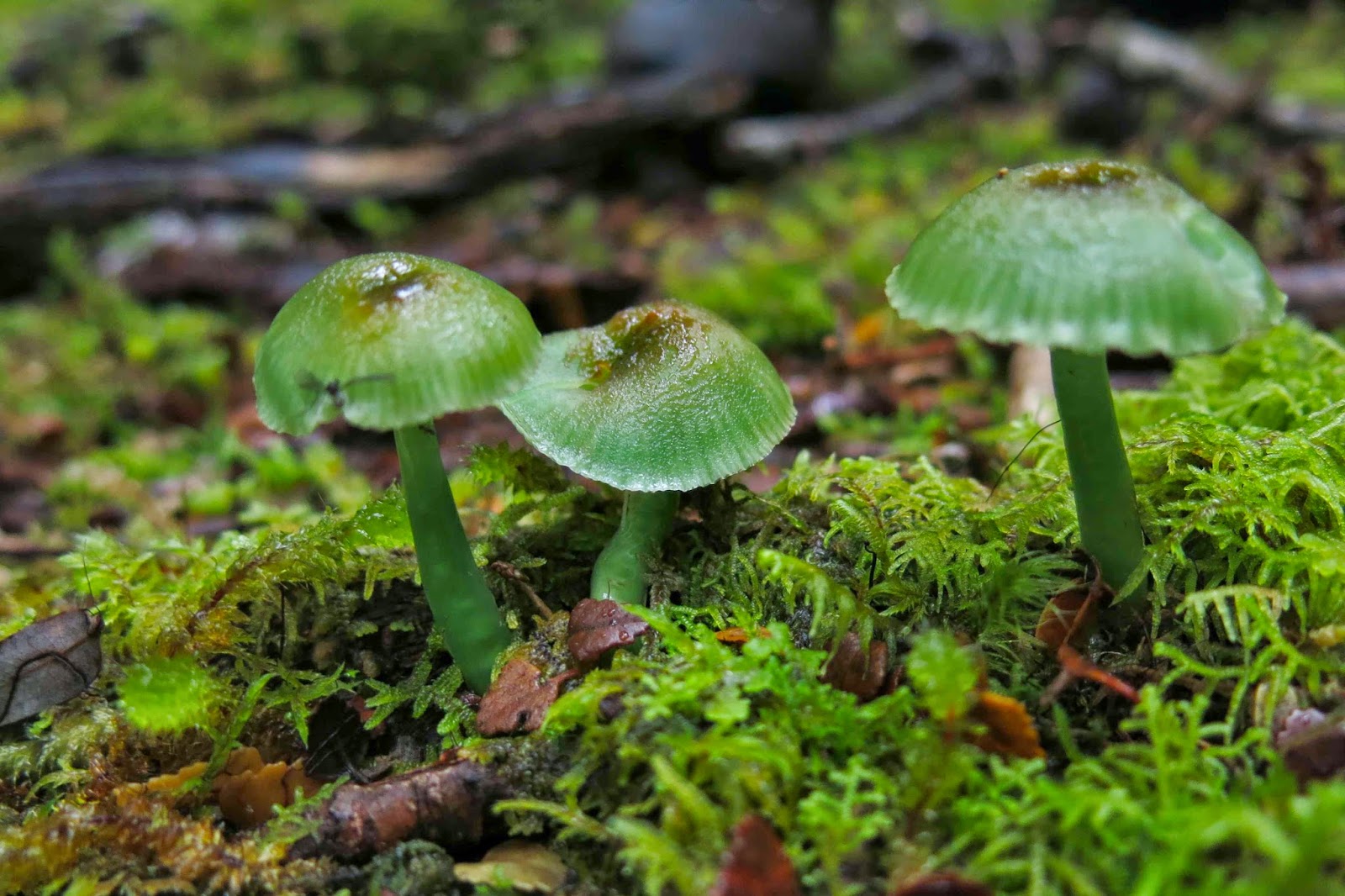


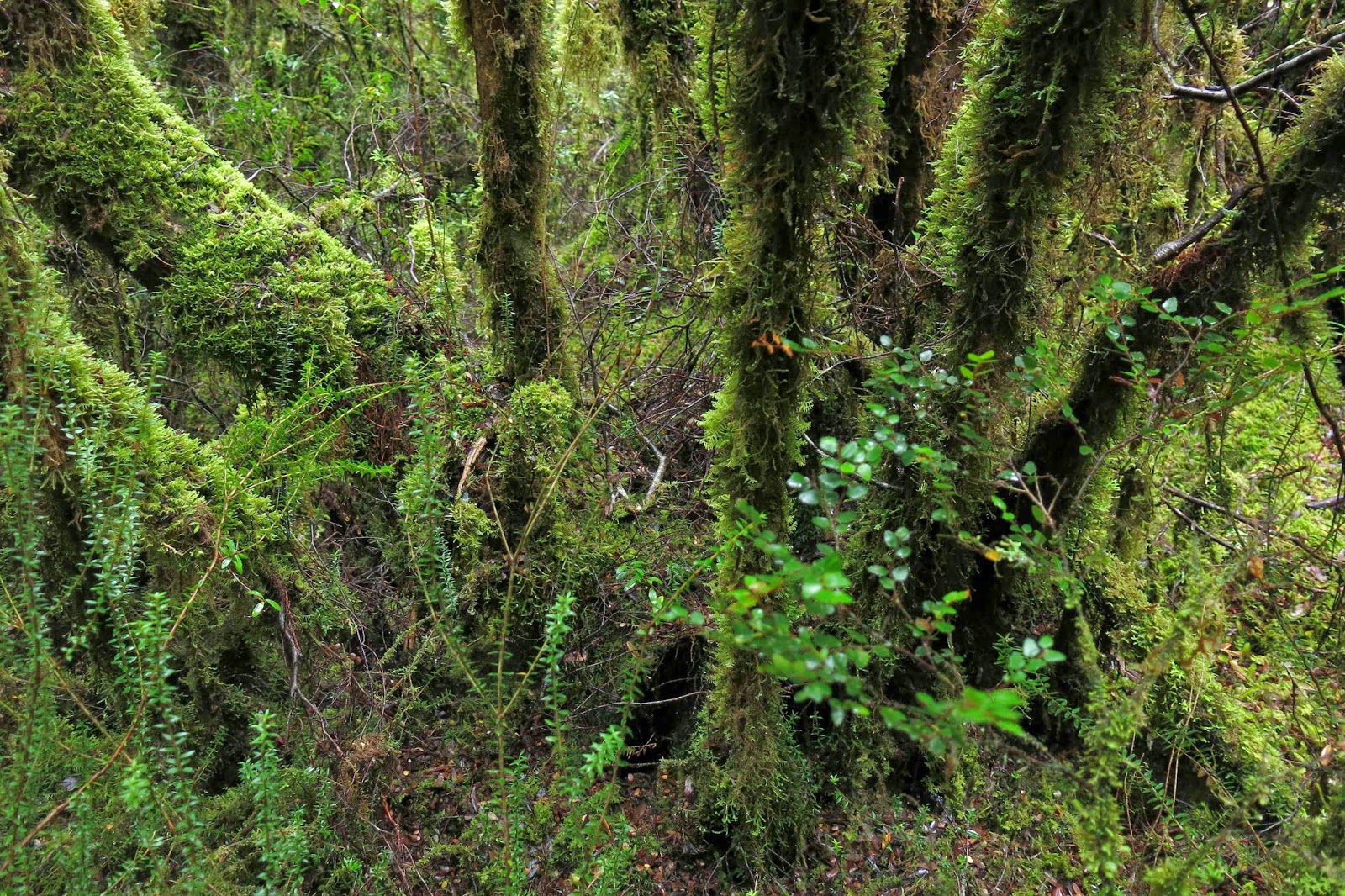
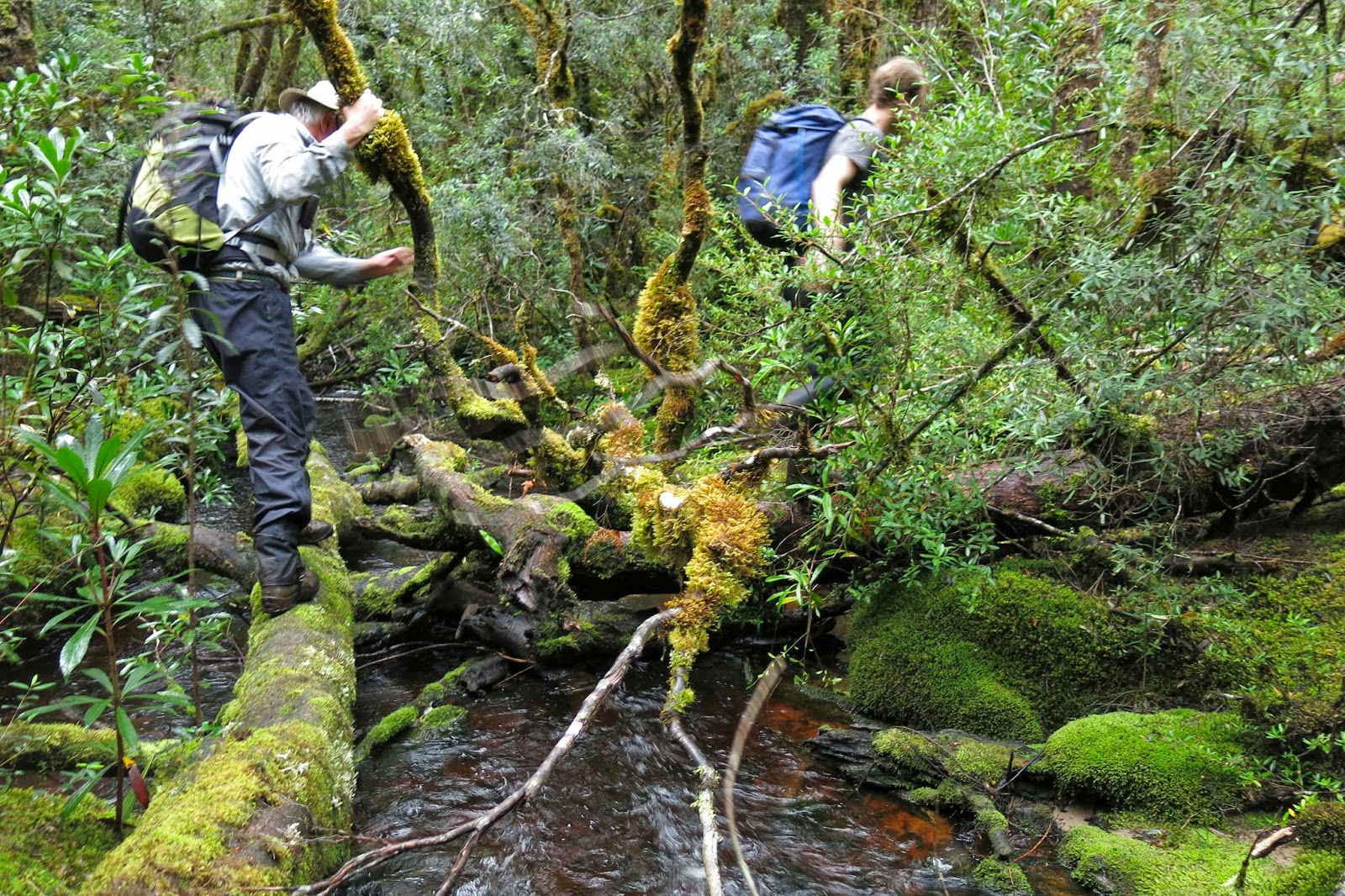
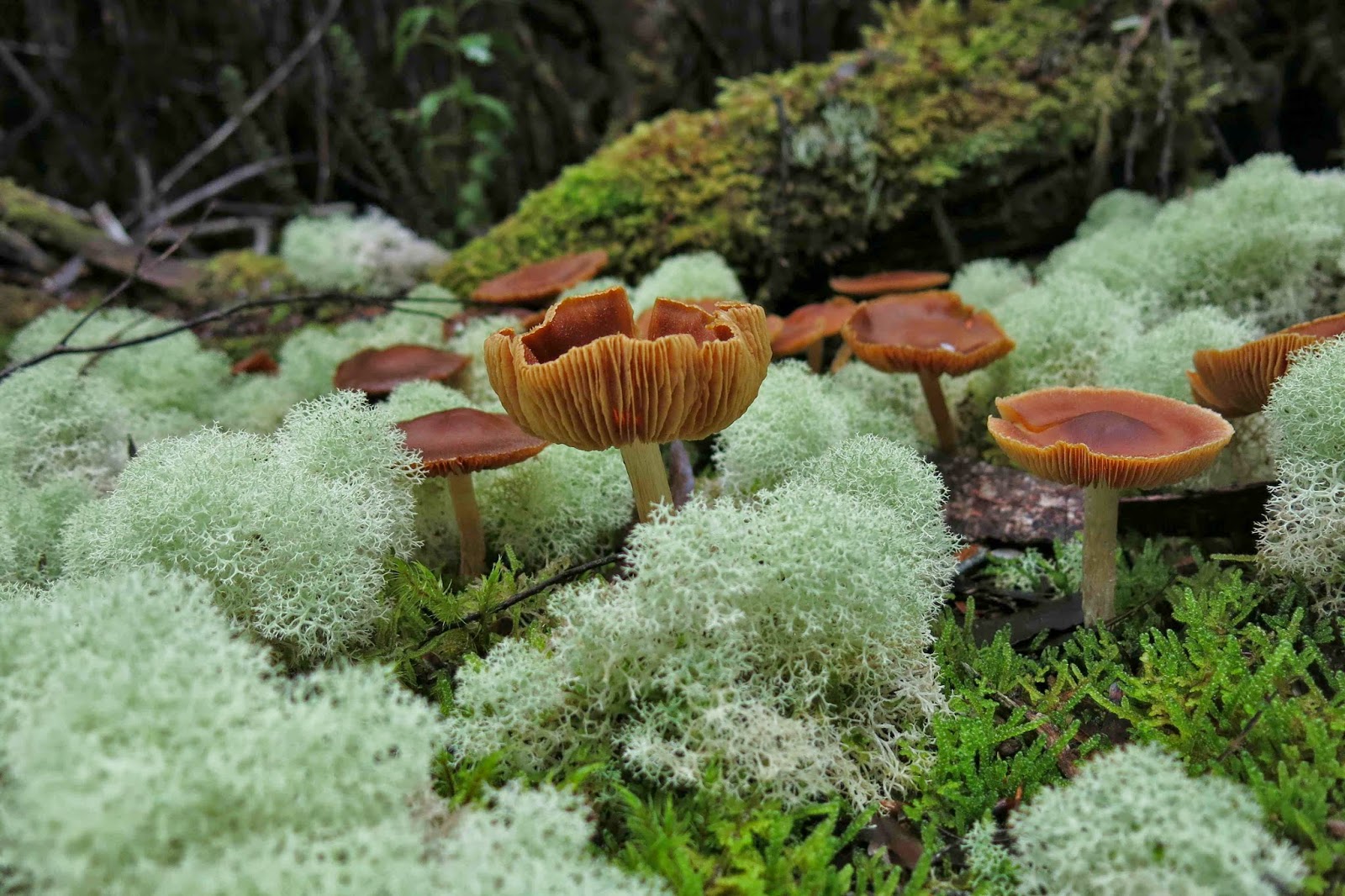
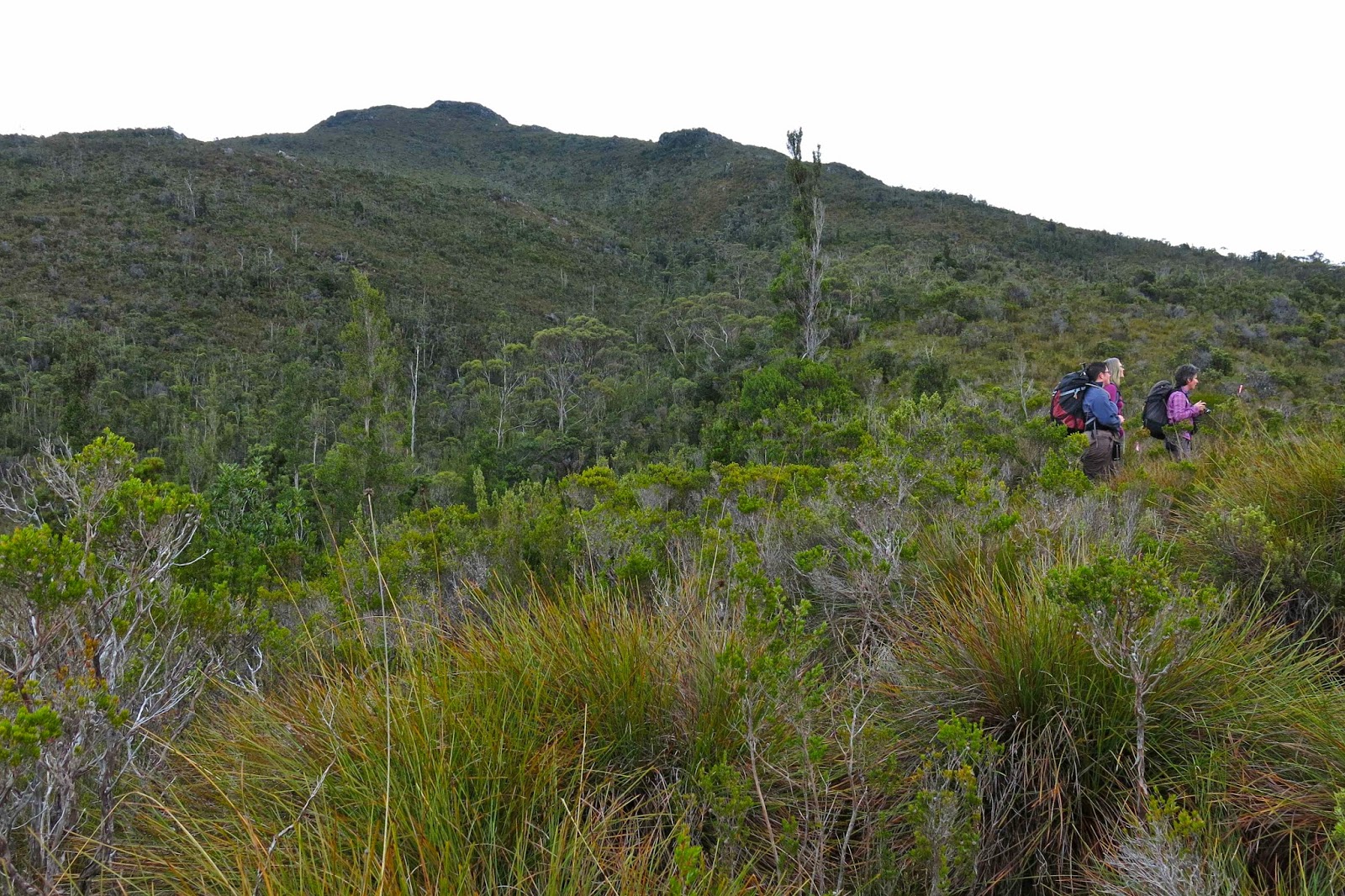
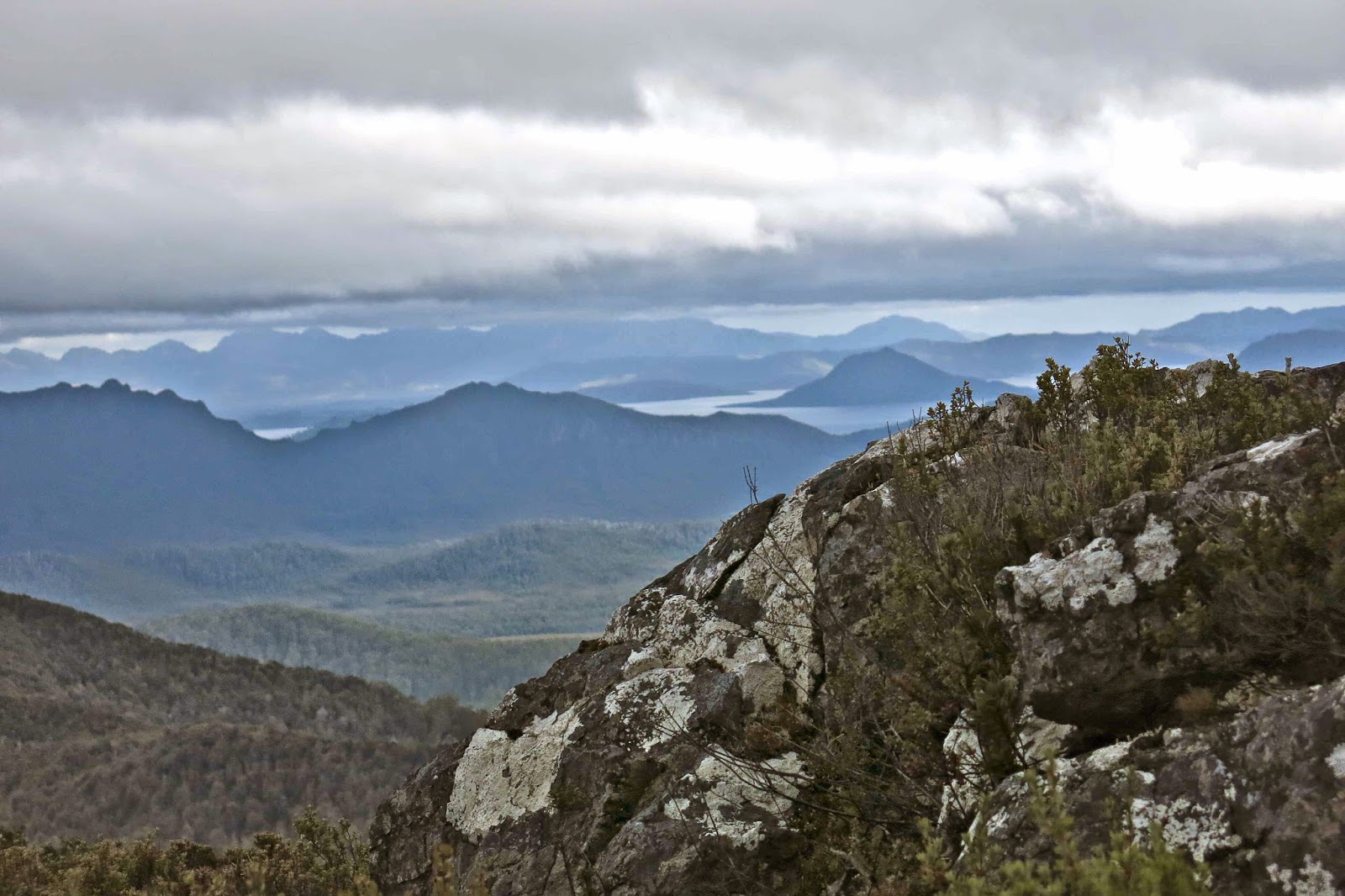

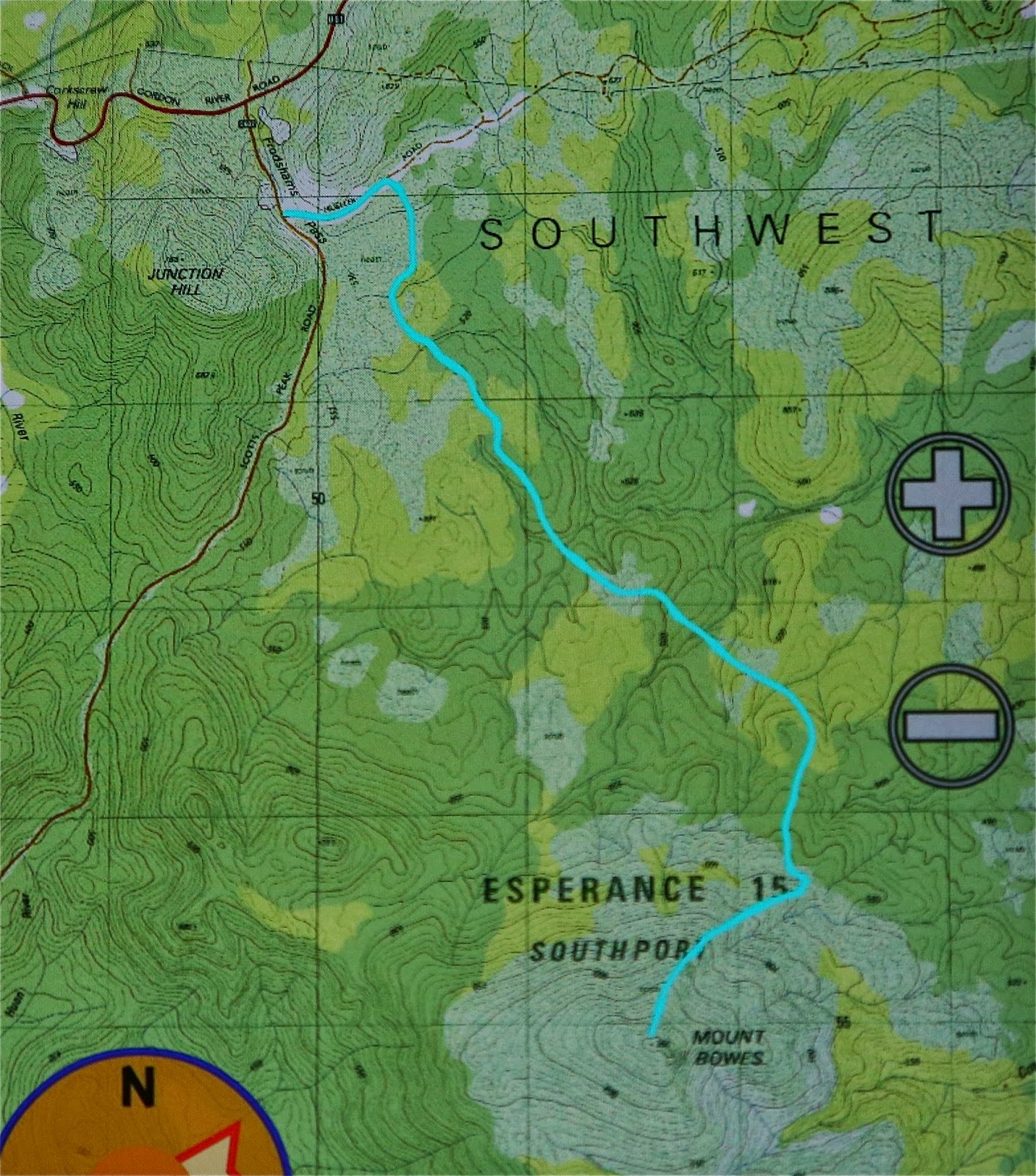
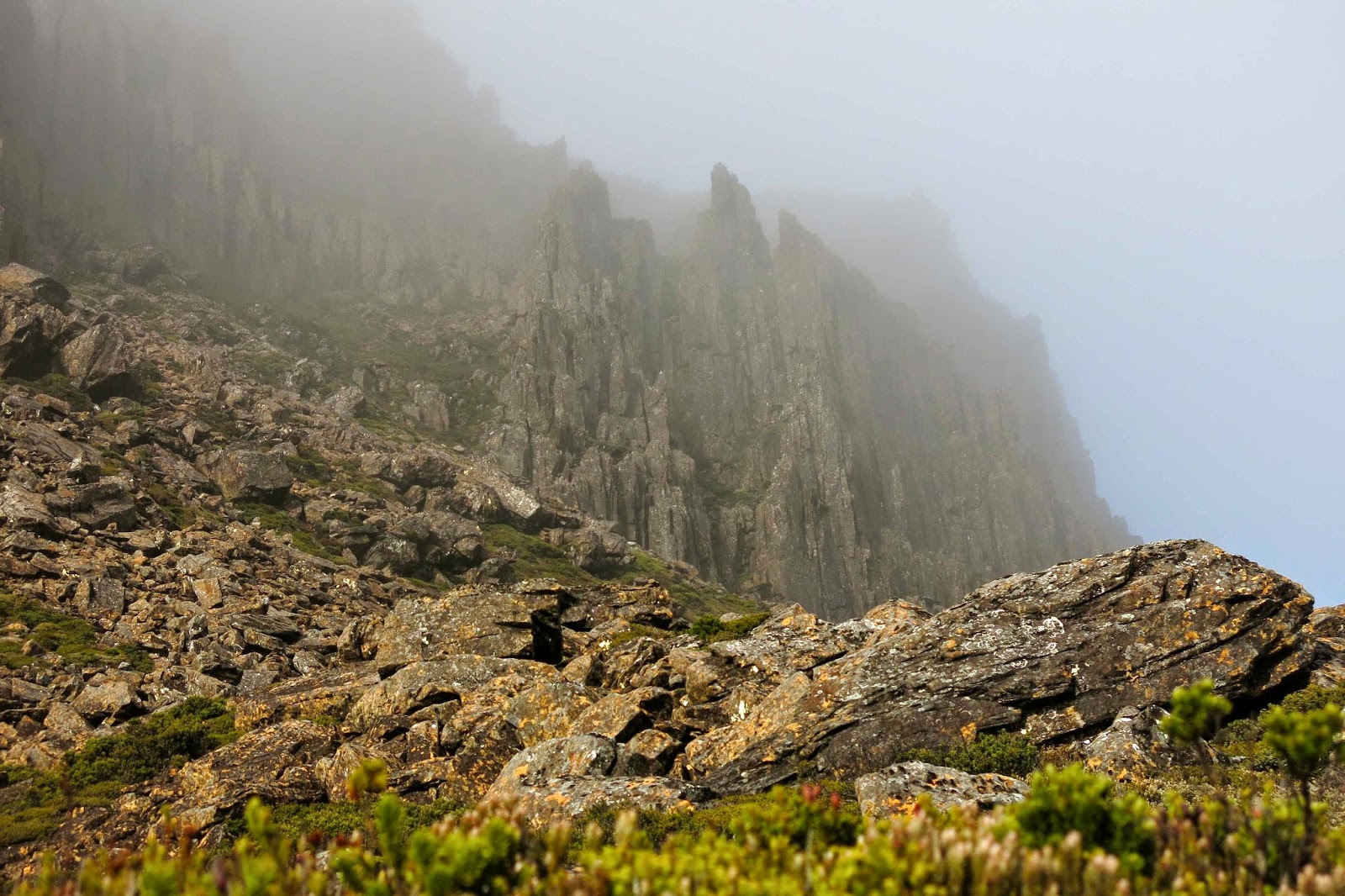

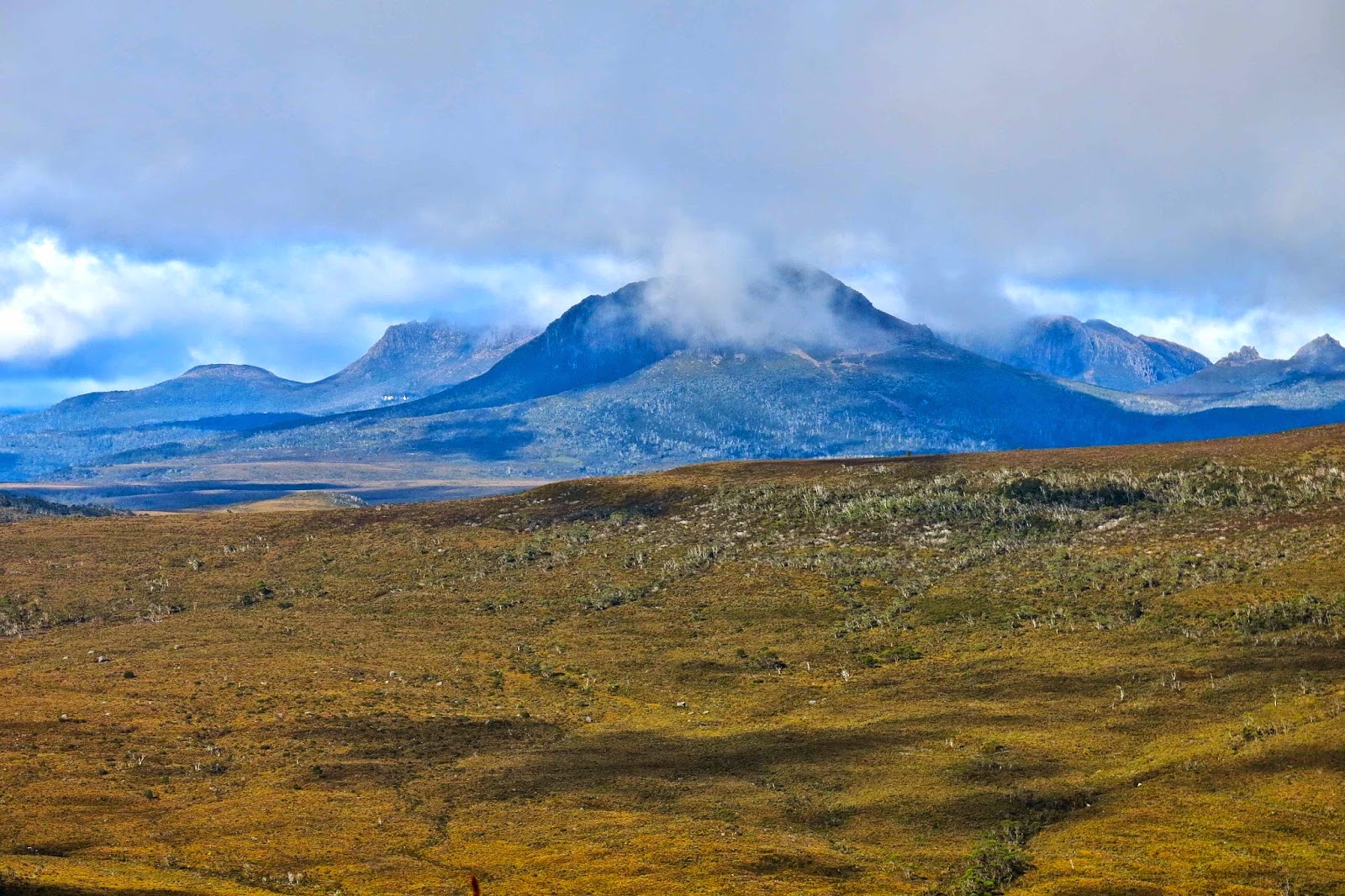
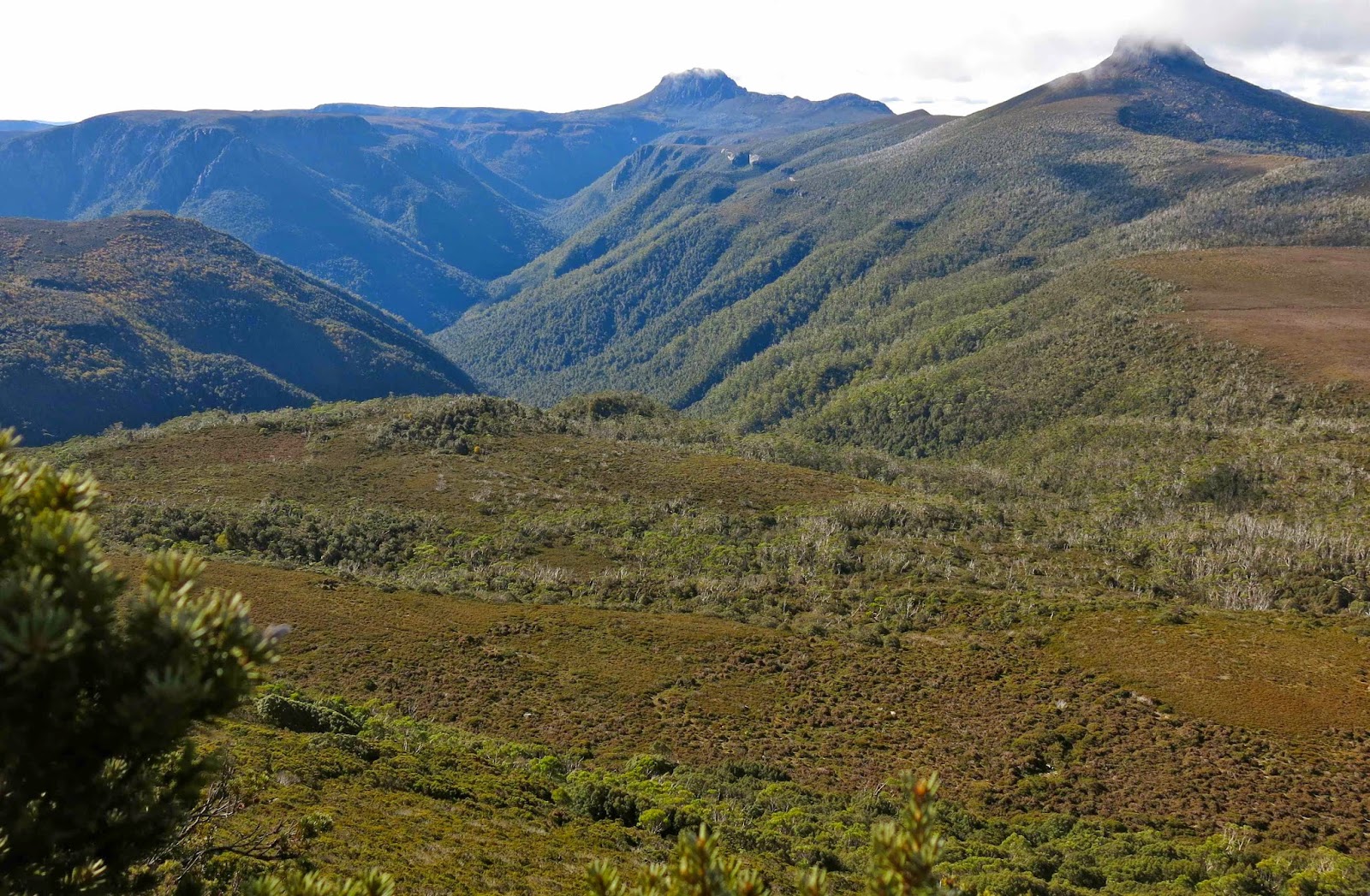
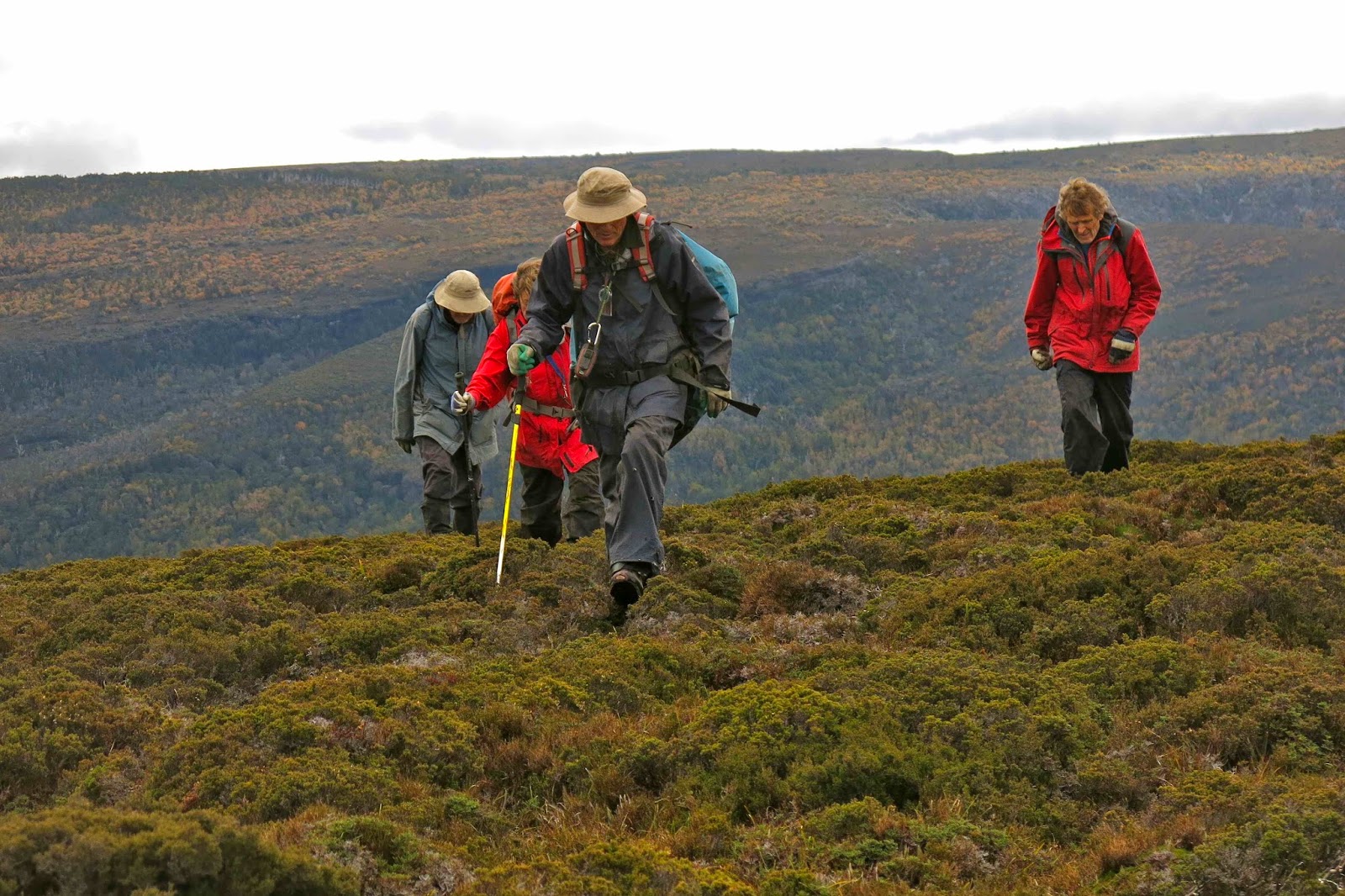
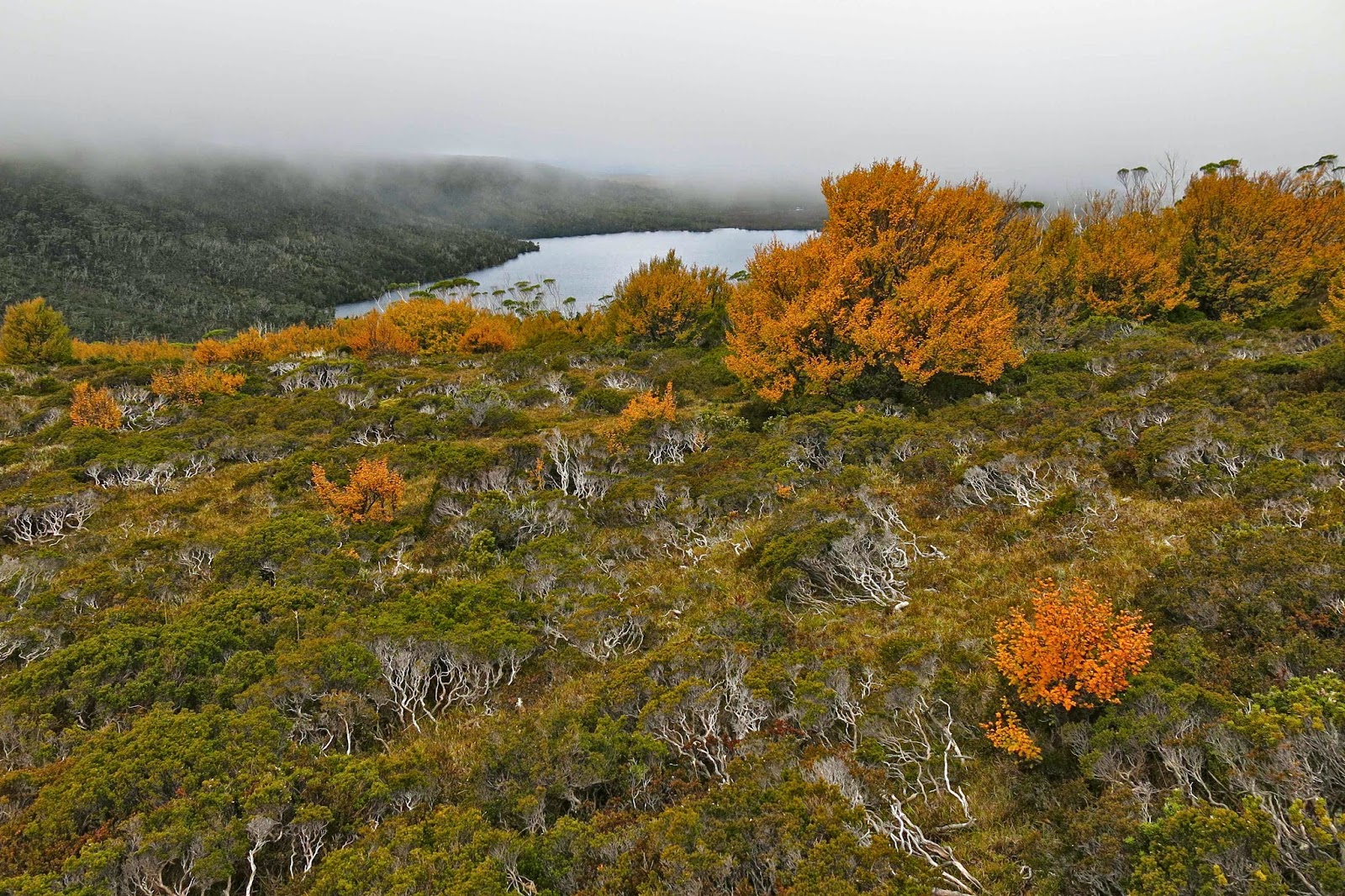
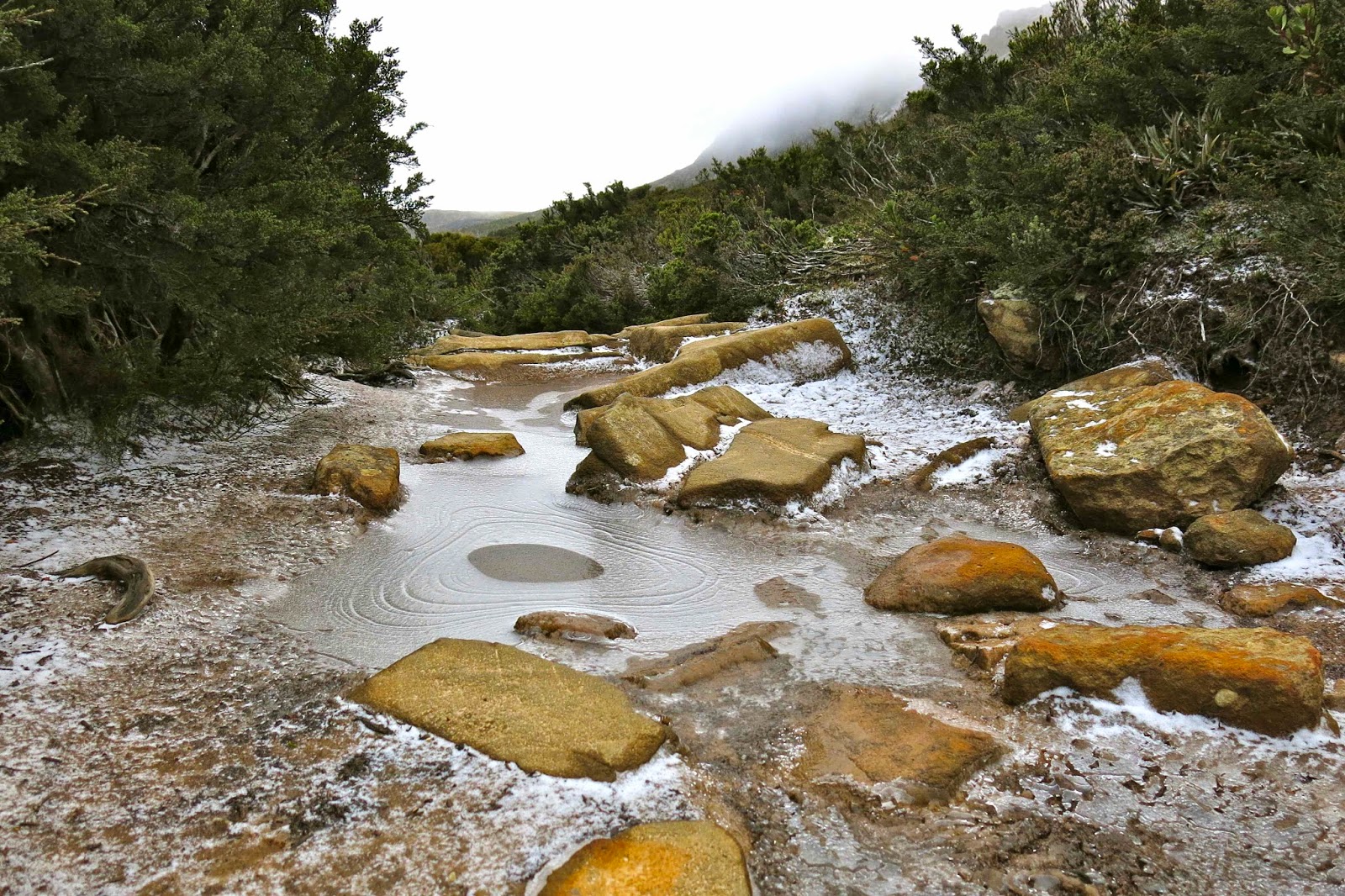

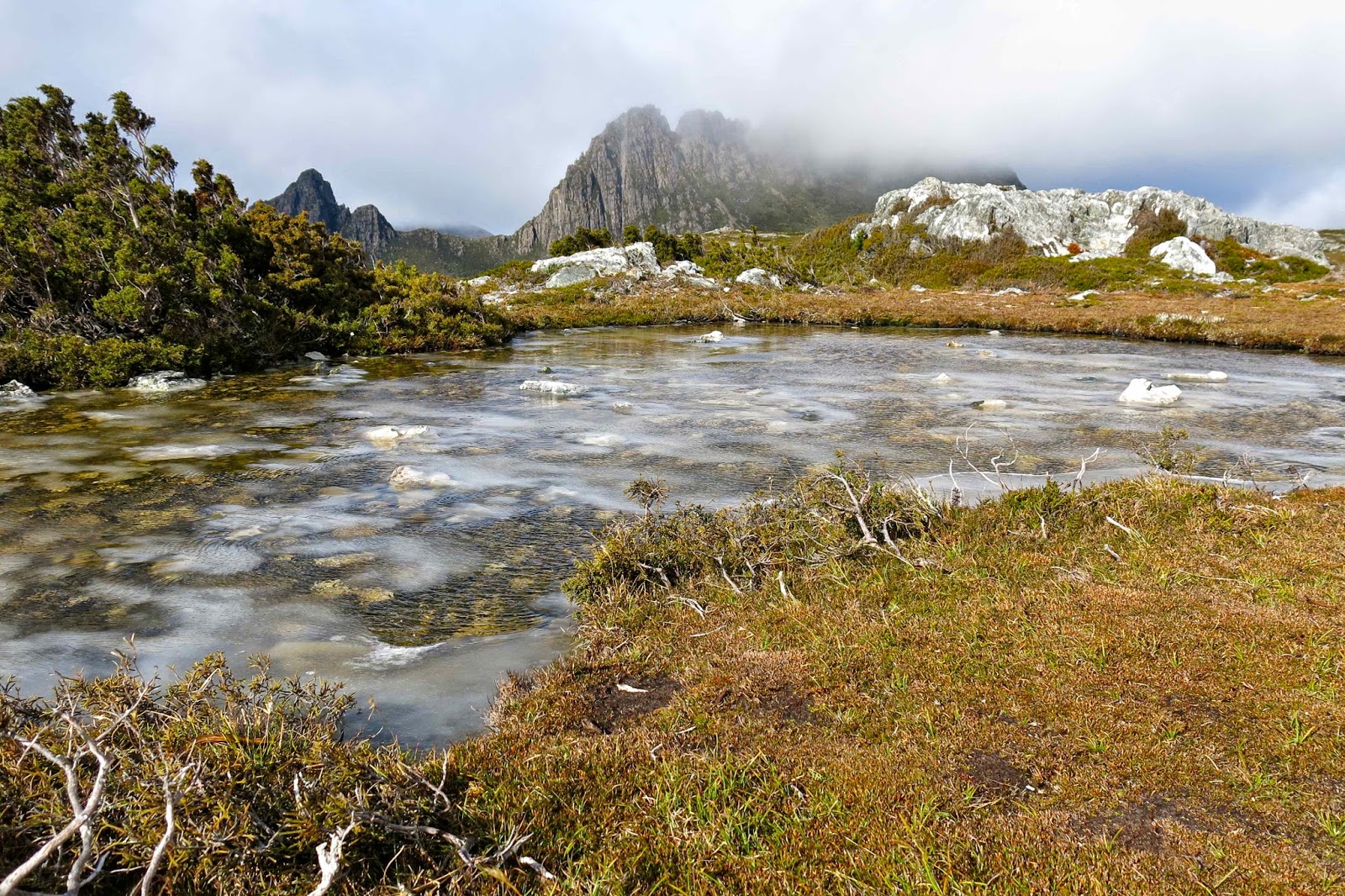
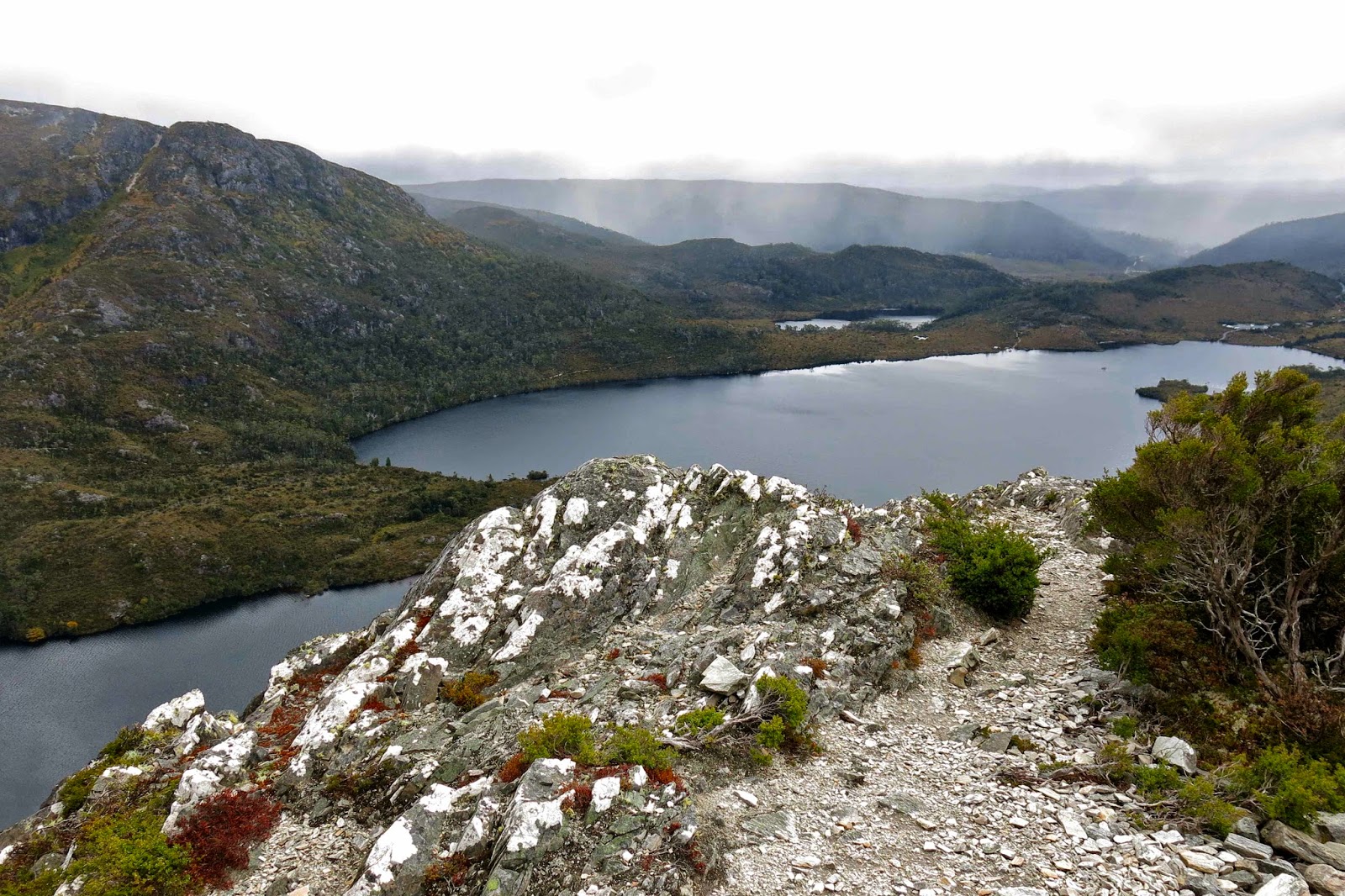
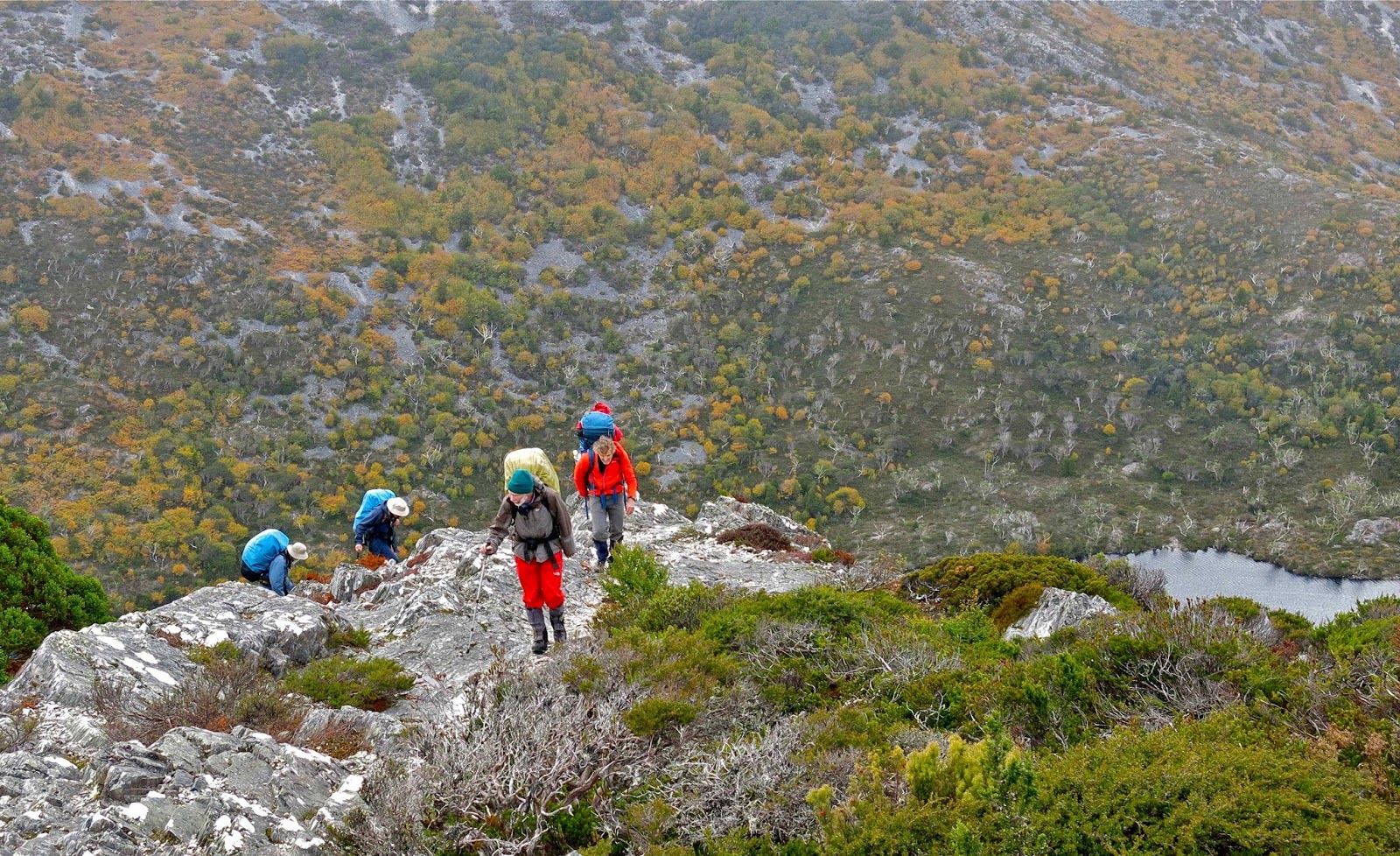


.jpg)
